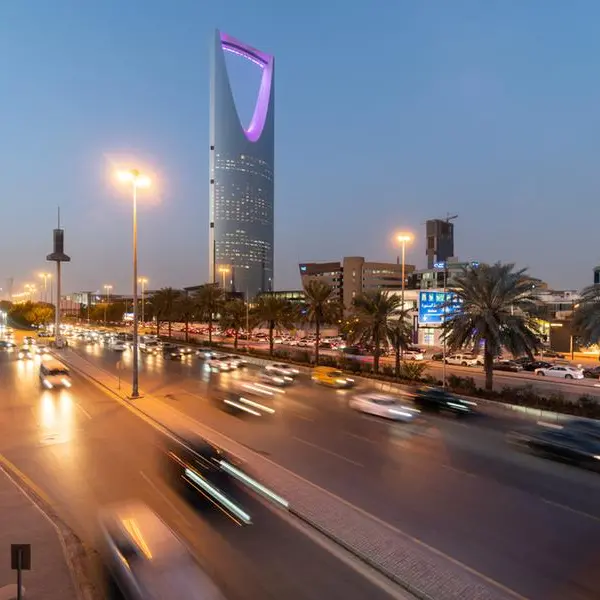PHOTO
April 21, 2015
The Ministry of Environment and Water has launched the first HydroAtlas of the UAE during WETEX 2015. The one of its kind HydroAtlas in the country is part of the country's efforts to achieve water security and promote the integrated management of water resources. These are also the key issues to be addressed in order to achieve the water preservation objectives adopted by the UAE Cabinet in 2010.
Engineer Mariam Saeed Hareb, Acting Assistant Undersecretary for Water Resources and Nature Conservation, Ministry of Environment and Water, said that the Ministry, driven by its commitment to develop and implement innovative solutions to protect the environment, collaborated with the United Arab Emirates University to find sustainable solutions for preserving water resources in the country, in line with the vision and objectives set by UAE Vision 2021
Hareb added: "the first HydroAtlas in the country serves as a significant database that aims to provide researchers, decision-makers and working groups in the field of water resources with the most important water related information in the UAE. This project embodies our commitment to preserve the environment and our natural resources, ensure that these resources are being managed in a sustainable way and improve the demand for groundwater. The atlas consists of 10 main chapters and contains statistics, studies and maps that tackle crucial subject matters such as the quality of soil, surface water, and groundwater, among others."
Hareb stressed the importance of strengthening the cooperation between the stakeholders at the federal and local levels to further promote the environmental cause. She also underlined the important role that the community plays in rationalizing water consumption for the sake of future generations, calling on them to adopt all options to achieve this goal.
The first chapter of the HydroAtlas features an overview of the available water in the world before shifting its focus on the issue of water scarcity in the UAE, noting the influence of natural factors in addition to the statistics of rainfall and humidity monitoring stations as well as evaporation and solar radiation rates. The second chapter reflects the geological situation of the UAE. In addition to a set of geological maps, rock layers and cross sections of rock layers, it also includes readings of monitoring wells on groundwater.
The third chapter discusses the geomorphological status of the UAE and displays a set of related maps, while the fourth chapter presents the characteristics of the soil in the UAE which was built on the output from the soil survey study. The fifth chapter sheds light on the surface water in the UAE which includes 60 water catchments, flow rates, natural drainage networks and remote sensing photos for some water catchments in the Northern Emirates (Wadi Ham - Al Taween - Al Beeh), in addition to a discussion of the status of the aflaj and springs in the UAE.
The final chapters include the hydrogeological compositions in the UAE, a display of the hydrogeological map and a number of aquifers. In addition to the hydrogeological standards of tanks such as permeability, porosity and capacity of a number of aquifers, the section also features maps of groundwater salinity for the period between 1969 and 2012. These chapters also include methods of producing geophysical maps of earth layers along with the scientific methods used to determine the quantity and quality of groundwater, the quantities available and water balance. The segment also shares plans to develop groundwater management focusing on the best ways to use groundwater safely and sustainably, as well as its quality and availability, in addition to showing the maps of groundwater possibilities and its contamination capacity.
-Ends-
For further information, please contact:
Orient Planet PR & Marketing Communications
P.O Box: 500266
Dubai, United Arab Emirates
Tel: 00971 4 4562888
Email: media@orientplanet.com
Website: www.orientplanet.com
© Press Release 2015











